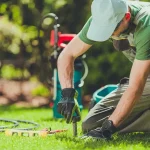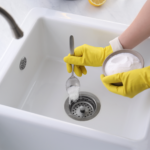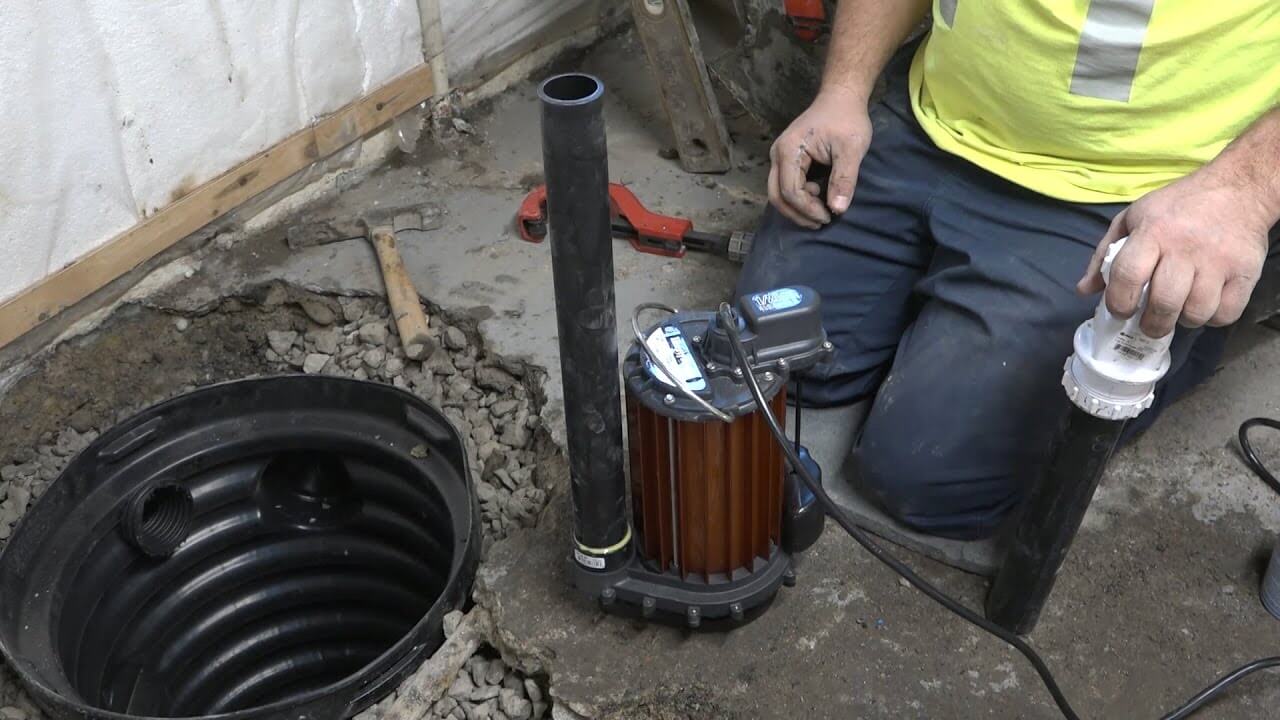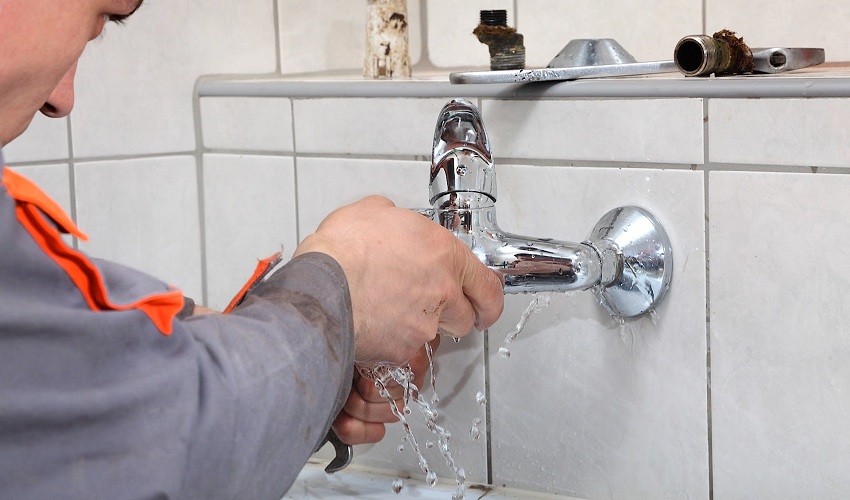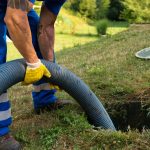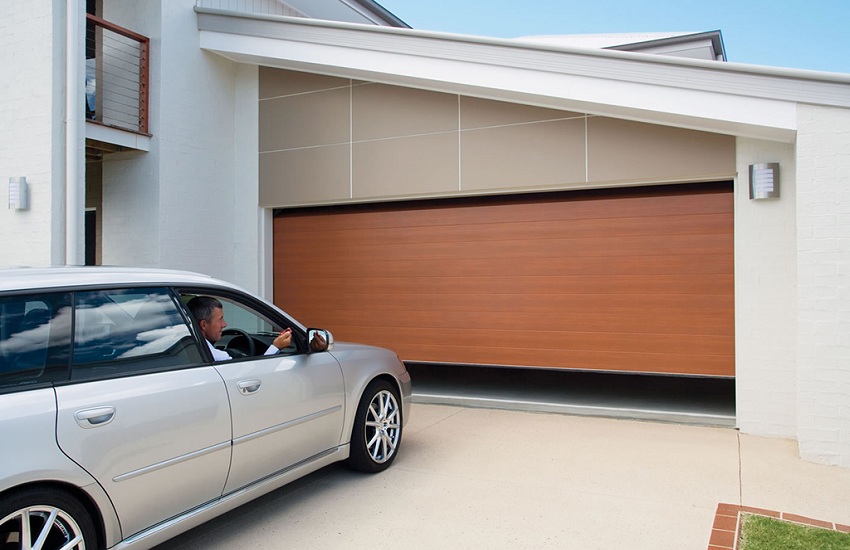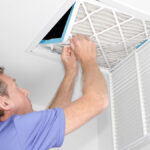Fall is a season of beauty and transition, but it also presents unique challenges for maintaining your outdoor shed. As leaves fall, temperatures drop, and weather patterns shift, many homeowners discover issues that compromise their sheds’ integrity and functionality. Understanding the most common shed problems during fall—and learning how to prevent them next time—can prolong your shed’s life and keep your outdoor space organized and secure. This guide will explore typical fall-related shed issues and offer practical tips to avoid costly repairs.
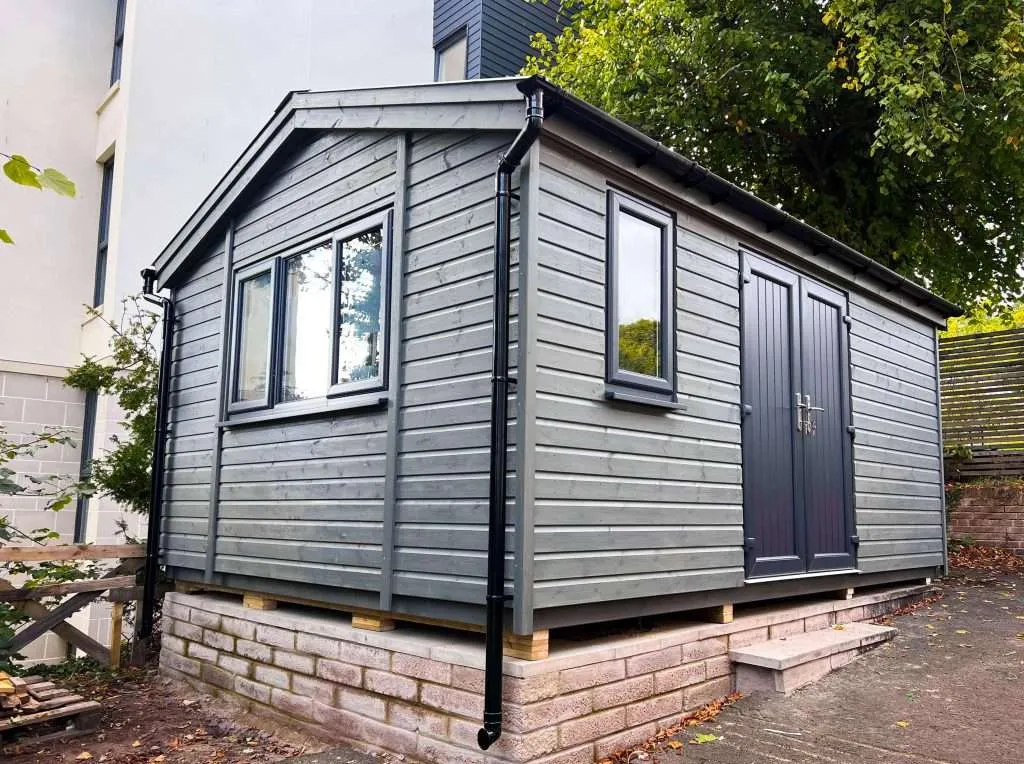
Content
Water Damage and Leaking Roofs
One of the most prevalent fall shed issues is water infiltration. Heavy rains, early snow, and melting leaves can pool on or penetrate the roof if it’s not sealed correctly. Leaking roofs lead to wood rot, mold growth, and damage to stored items. If you notice water spots or a musty smell, it’s time to inspect and repair your roof.
How to prevent:
Regularly check your shed roof for weak spots, cracks, or damaged shingles before the fall season begins. Apply weatherproof sealant to vulnerable areas, and consider upgrading the shed roof to durable materials, such as metal sheeting, that can withstand heavy rain and snow. Also, ensure gutters and downspouts direct water away from the shed base.
Foundation and Floor Problems
The shift in soil moisture levels during fall can cause the shed foundation to settle unevenly or crack. This is especially true if your shed’s foundation isn’t properly engineered or if drainage around the base is poor. A compromised foundation compromises the whole structure, leading to tilting or gaps that allow pests and water to enter.
How to prevent:
Ensure your shed has a solid, well-drained foundation—concrete slabs, gravel beds, or piers—installed and maintained correctly. Regularly inspect and clear debris, and add drainage solutions to divert water away from the base. When shopping for a new shed, learn how to tell if a shed is durable or not by checking its foundation quality and the materials used in its construction.
Pest Infestations
Fall is prime time for pests such as rodents, insects, and wood-boring bugs to seek shelter in outdoor sheds. Gaps, cracks, and unsealed entry points allow pests inside, where they can damage your tools, stored items, and the shed’s structure.
How to prevent:
Seal all gaps, cracks, and vents using weatherproof caulk or pest-proof mesh. Keep your shed tidy—avoid clutter and debris where pests can hide. Consider adding pest deterrents such as natural repellents or traps near the shed entrance.
Damaged Doors and Windows
Wind, falling branches, and snow accumulation can damage shed doors and windows. Slamming doors in strong gusts can warp or loosen hinges, while snow buildup can put pressure on glass panes or gaps.
How to prevent:
Inspect and reinforce door hinges and latches, and install shims if necessary to prevent warping. Clear snow promptly from doors and windows, and install weatherproof curtains or shutters to protect openings during storms.
Mold, Mildew, and Rot
High humidity, poor ventilation, and water leaks contribute to mold and mildew growth during the fall. Wood components susceptible to moisture can rot or weaken, reducing your shed’s lifespan.
How to prevent:
Improve ventilation by adding vents or windows designed for airflow. Treat your shed’s exterior with rot-resistant stain or paint. Regularly inspect and clean your shed’s interior to catch early signs of mold or rot.
How to Prevent These Problems Next Fall
Knowing the common problems is only half the battle; proactive measures are key to preventing them in future seasons.
Here’s how you can prepare your shed for the fall and beyond:
- Perform a comprehensive inspection before the weather gets cooler. Look for any weak spots, water leaks, or structural issues.
- Upgrade to high-quality materials when building or replacing your shed. A well-constructed shed with features like a durable shed can withstand the challenges of fall weather.
- Regular maintenance routine: Clean gutters, check seals, and inspect your shed’s foundation regularly—especially after storms or heavy wind.
- Improve drainage: Add gravel or drain tiles around your shed to prevent water pooling, which causes foundation problems.
- Seal entry points: Seal gaps, cracks, and vents to keep pests and moisture out.
A shed is an important part of your outdoor space—used for storage, workshops, or gardening supplies. But neglecting maintenance during the fall can lead to costly repairs, structural damage, and pests, ultimately shortening its lifespan. Remember, the key is regular inspection, addressing issues early, and choosing quality materials during the initial build or renovation. With these tips, you’ll be well-prepared to face fall’s challenges and enjoy a dependable shed year after year.

Wesley is a home improvement blogger who strives to improve his life and the lives of others. He provides homeowners with helpful tips on how to renovate their homes. His goal is not only to provide easy-to-follow instructions, but also share his own personal experiences for those seeking guidance.

